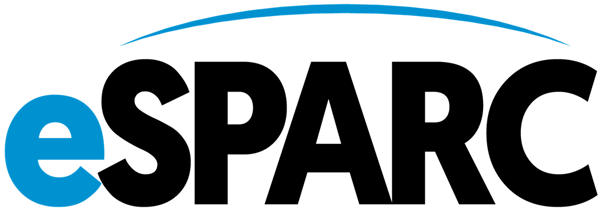Yesterday, one year and 4.3 million comments after the EPA proposed the first nationwide carbon limits for existing fossil-fuel power plants, the agency released the final rule of the Clean Power Plan (the “CPP”), the capstone to the administration’s climate change initiatives. Over the next two weeks we will be providing in-depth analysis of each significant component of the new rule, examining the requirements, incentives, and practical impacts of the CPP on the energy landscape. An overview view of the key changes has been provided below, but for specific impacts of this rule will that affect your operations, please contact us at info@camsesparc.com or at (281) 333-3339.
New state CO2 goals based on fossil fuel electric generating unit emission performance standards. Under the rule proposed last year, emission targets were set for each state based on several novel factors, including energy efficiency programs for end-users. By including these factors as part of the rule’s foundation, the EPA created significant legal vulnerabilities within the rule, potentially putting its fate in peril. The final rule looks to move to a more solid legal foundation and now derives each state’s emission goals solely from new emission performance standards issued for existing fossil fuel electrical generating units. Each state is prescribed both a rate-based and a mass-based emission goal, either of which can be met to demonstrate compliance with the CPP. These goals were calculated based on the application of the sub-category emission performance rates, listed in the table below, to each state’s adjusted 2012 energy portfolio.
Emission Performance Rates*
(Adjusted Output-Weighted-Average Pounds of CO2 Per Net MWh from All Affected Fossil Fuel-Fired EGUs)
| Subcategory | Interim Rate | Final Rate |
|---|---|---|
| Fossil Fuel-Fired Electric Steam Generating Units | 1,534 | 1,305 |
| Stationary Combustion Turbines | 832 | 771 |
*Regulatory Impact Analysis for the Clean Power Plan Final Rule,
U.S. Environmental Protection Agency Office of Air and Radiation. Aug. 3, 2015
Two State Plan Options. To meet their state-specific emission goals, states have the option to employ either an “emission standards approach”, which places the reduction requirements solely on the affected EGUs, or a “state measures approach”, which allows states to create a portfolio of different emission reduction methods, including energy efficiency programs and renewable portfolio standards. States that adopt the state measures approach are required to include an EGU-specific emission standards backstop, in the event their portfolio approach fails to meet the required emissions reduction.
Emission Trading Programs for States without a Plan. If a state fails to submit a plan, or if the state plan is deemed inadequate to achieve its emission goal, the federal government can enforce the emission performance rate within the state through its own federal plan. Announced simultaneously with the CPP, the EPA has proposed two different federal plans for just such circumstances. Each one centers on an emission trading scheme for affected power plants, one rooted in a state’s rate-based goals, the other using the mass-based goals. The EPA plans to finalize the rules supporting the trading programs by next summer.
Key Dates. States must file either their final compliance plans, or an initial plan along with an application for a deadline extension, by September 6, 2016. All states must have their final compliance plans submitted by September 6, 2018 or risk being subject to the federal trading plan. The state’s emission goals will be phased in over the course of three distinct interim periods beginning in 2022 and ending in 2029. By 2030 all states must reach their final reductions goals.
Reliability Safety Valve. The plan includes a “reliability safety valve” to temporarily relax emission standards in the event of an immediate, unforeseen, emergency situation which would require an EGU to operate at a level that would violate its state-imposed constraints. The EPA concedes that such conditions would likely only exist in states with highly inflexible state plans.
Early Incentives for Solar and Wind. To encourage states to begin their reduction efforts prior to 2022, the CPP also includes incentives, in the form of tradeable emission credits, for solar and wind plants that commence construction in 2020 and 2021.
 Close
Close




